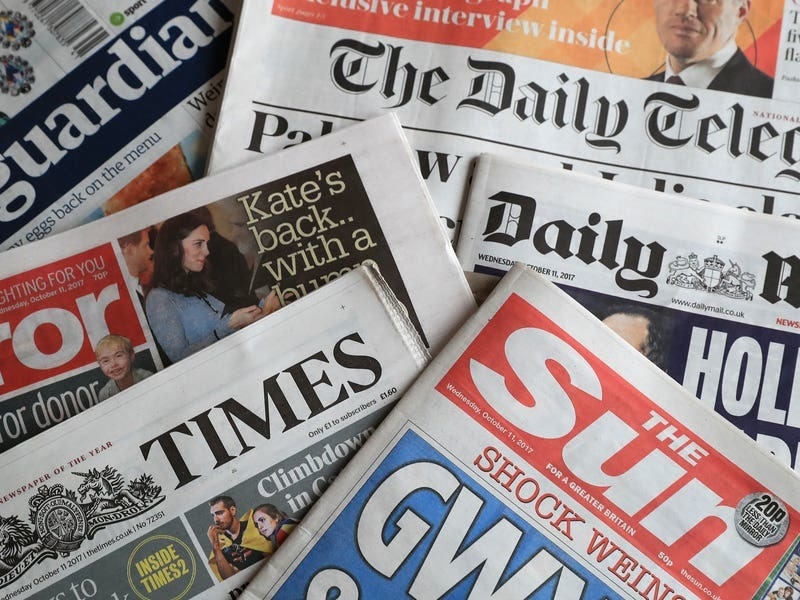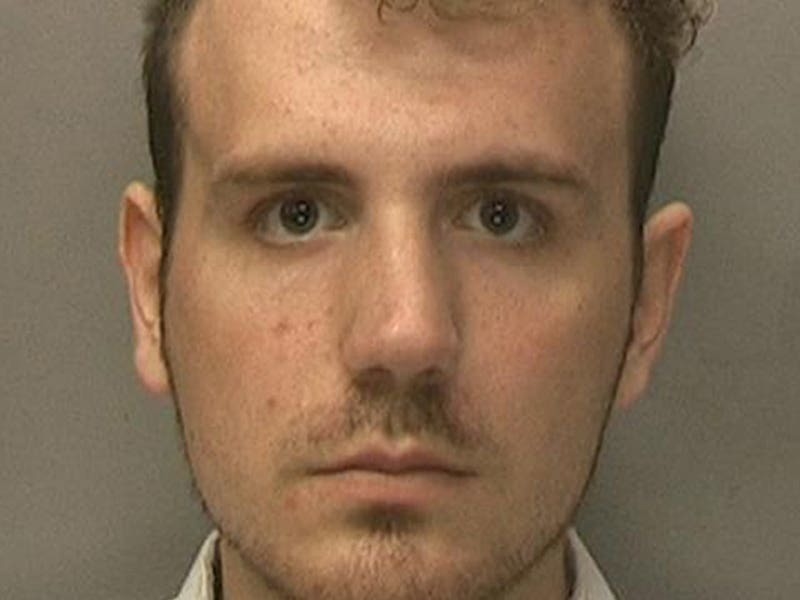THERE’S no easy way of saying this, so I’ll be blunt. Establishing your own independent all-weather lifeboat isn’t going to end well, no matter how good a start it may have.
I wish that wasn’t so, especially since the way the Royal National Lifeboat Institution has behaved over this whole affair has been lamentable – so bad, in fact, that except for one consideration,
I’d be campaigning to sweep them from these islands.
That one consideration is, of course, that they save lives – and they do so exceptionally well, with a formidable organisation behind that proud maritime record and one that will be here in decades’ time.
Yes, the RNLI can achieve that only through the equally exceptional skills and bravery of their volunteer crews and supporters, but it’s this partnership between a muscular institution and caring individuals with outstanding boat skills that make it THE maritime safety agency that it is.
The organisation has saved more than 142,000 lives since 1824. Last year it rescued 23 people every day, saved a total of 558 lives, trained and equipped 6,100 lifesavers and launched its lifeboats
8,851 times.
Everything else aside, this is an operation that you’d ordinarily be fighting to keep in your corner.
And at the risk of labouring the point, this is what Captain Peter Gill, then harbourmaster and St Peter Port lifeboat operations manager, had to say about a launch: ‘The probability of success is often time-dependent and, with a Severn Class lifeboat, fuel cost alone running at £1 every six seconds, even a moderate search can become a very expensive activity.’
That was in 2013 – apologies for the dated information – but it gives you an idea of the scale of these things and what a volunteer operation is up against before factoring in other expenses such as buying a suitable craft, training and equipping a crew, locating premises
and insurance.
That’s why the RNLI is a money-generating machine with a near £200 million annual income and funds of around £750 million. It has to be, simply to keep the show on the road and invest in future-proofing ongoing operations.
The downside of that, unfortunately, is what the former St Helier crew and coxswain ran up against: the RNLI has evolved into a monolithic bureaucracy with a tendency to self-serve.
Let me put that a bit more simply: in earlier days, the institution played a support role – there to help crews save lives by training and equipping them and providing the best possible lifeboats and co-ordinating vital fundraising.
Today it gives the impression that the volunteers are there to support its aims, objectives and over-mighty management.
If that reading is correct, your crew, and the coxswain in particular, did remarkably well to get the RNLI to back down. Snatching back Jersey’s lifeboat, however, was payback time.
Bureaucracies bear grudges, and independence was the perfect excuse. Delivered straight into the RNLI’s hands, that meant being rid of a troublesome coxswain and a crew who weren’t cowed by shoreside managers but who instead were loyal to a brilliant skipper and leader.
And as we’ve seen, fresh volunteers have already come forward so it’s business as usual for the RNLI juggernaut, which fully intends to have a St Helier lifeboat back on station before the end of the year.
I’ve always been a supporter of the RNLI. Since this incident, however, I realise that my support was actually for the crews and coxes I’ve come into contact with over the years, the people who do things 99 per cent of us wouldn’t – couldn’t – dream of doing. ‘The RNLI’ was more a background concept.
Now we see it’s more than that, and I’m not sure that many of us have been impressed with the way it dealt with matters that should have been resolved without triggering this schism.
Anyway, that’s led to what I consider to be the biggest tragedy in this episode – the decision by the former crew to go solo. Again, don’t misread me – it’s a brave, principled and understandable move. But stand back and assess it by the one thing that matters – saving lives – and it makes no sense. Don’t just take my word for it. Your Environment Minister, Steve Luce, feels the same. He didn’t express it that way, of course – he’s a politician and a former RNLI volunteer. Instead he said this: ‘Any proposal to put viable and sustainable search-and-rescue assets back on station will be provided with appropriate support.’
The key to that is viable and sustainable, the very area where the independents lack the RNLI’s resources.
He’s looking forward five, ten, 15, 20 years, when the current crew will have stood down, the current controversy is forgotten and the choice is volunteering for the RNLI or the independent service. And decent, public-spirited folk have already started volunteering for the RNLI – while the headlines about the split are still fresh.
So sorry for this, but no matter what the anger and hurt that’s been caused by the RNLI, you can’t have two multi-million-pound search-and-rescue craft in St Helier chasing the same casualty. Which is why independence will ultimately end unhappily and wastefully, no matter what the provocation.






